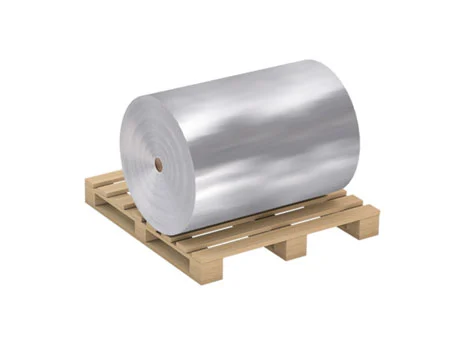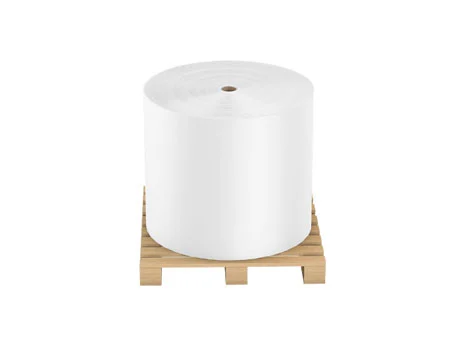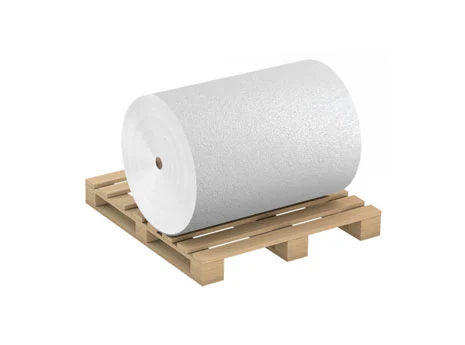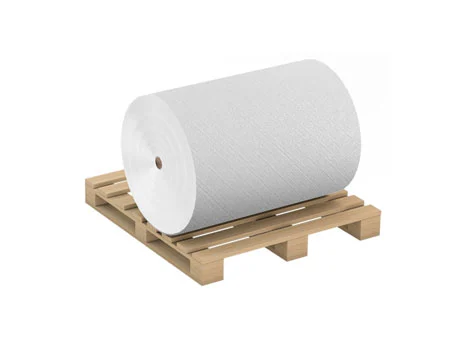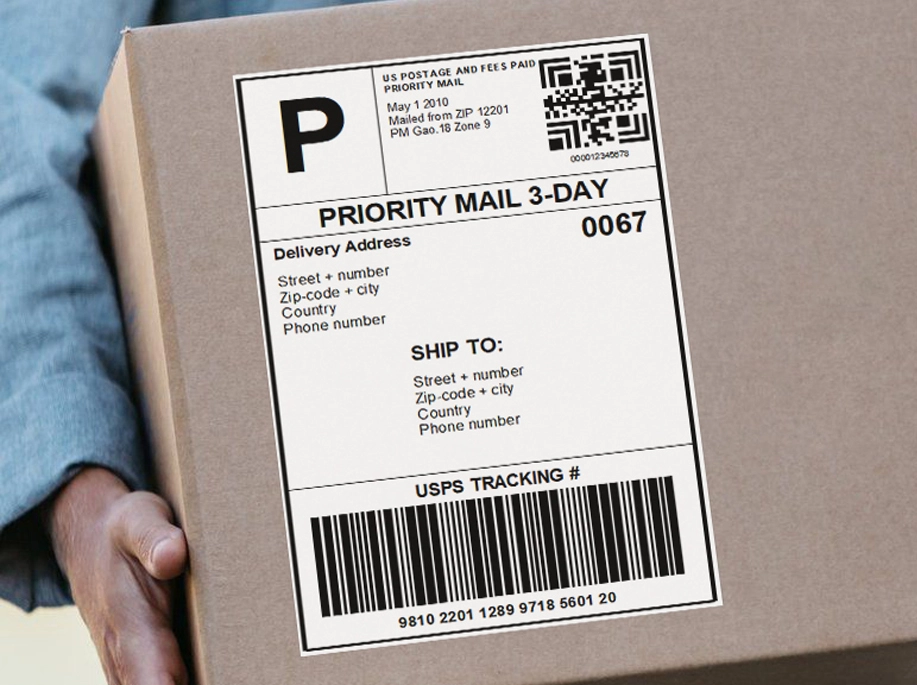
Food is the paramount necessity of the people, and safety is the foremost priority in food. In recent years, the catering industry has rapidly developed, but food safety remains an inviolable bottom line. With the fast-growing economy and increasing material abundance, people have heightened their demands for food safety. Paying attention to food safety and advocating for a healthy lifestyle have long become a consensus. The selection of ingredients, particularly meat, is the first crucial checkpoint to ensuring food safety. Labels on chilled fresh meat are the only medium that directly conveys information about the meat to consumers. Therefore, choosing the right quality adhesive labels is extremely important.
The structure of the thermal synthetic paper labels consists of base paper, a pre-coating layer, and a thermal layer.
The base paper of thermal synthetic paper labels is ordinary paper, but it requires high smoothness, thermal insulation, flatness, and must be free from impurities and holes, with good tensile strength. The pre-coating layer provides the foundation for high-quality images, prevents heat from penetrating into the paper, and ensures that the heat is effectively retained between the protective coating and the pre-coating layer. This guarantees that the thermal layer has sufficient temperature to trigger the color reaction between the color developer and the colorless dye.
The thermal coating of thermal synthetic paper labels is the most critical functional structural layer. It usually comprises colorless dye, sensitizer, color developer, and adhesive. Under the heat of the thermal print head, the color developer and colorless dye in the thermal layer melt and come into contact, initiating a chemical reaction that changes the structure of the colorless dye to produce color. The depth of this color (i.e., the darkness of the color) depends on the applied heat (temperature). The higher the temperature, the more colored substances are generated, and the darker the color; the lower the temperature, the fewer colored substances are generated, and the lighter the color.
According to the national standard on "Technical Requirements for Chilled Meat Processing," "chilled meat" or "fresh chilled meat" refers to fresh meat from livestock and poultry that have passed inspection and quarantine after slaughter. The meat's core temperature is reduced to 0℃-4℃ through cooling processes, and it must be maintained within this temperature range during storage and transportation. The time for cutting should not exceed one hour. Additionally, thawed meat products from livestock and poultry cannot be labeled as "chilled meat" or "fresh chilled meat".
This shows that labels on chilled fresh meat also need to meet certain standards. Thermal synthetic paper labels should be capable of withstanding low temperatures, waterproof, and have good tear resistance. Imagine buying chilled fresh meat from a supermarket, but the label is not adhered properly, incomplete, or smudged. Would you trust it? It would result in a poor consumer experience. Therefore, thermal synthetic paper labels, also known as "five-proof" thermal synthetic paper labels, are generally recommended for use in labeling chilled fresh meat.
Thermal synthetic paper is a type of white BOPP film with a thermal coating. Compared to ordinary thermal synthetic paper labels, it has enhanced waterproof, oil-proof, and abrasion-resistant properties, as well as strong tear and tensile resistance. Thermal synthetic paper labels offer wear resistance, tear resistance, and moisture resistance.




 English
English  中文
中文  한국어
한국어  français
français  Deutsch
Deutsch  Español
Español  italiano
italiano  русский
русский  português
português  العربية
العربية  Polska
Polska  Indonesia
Indonesia 